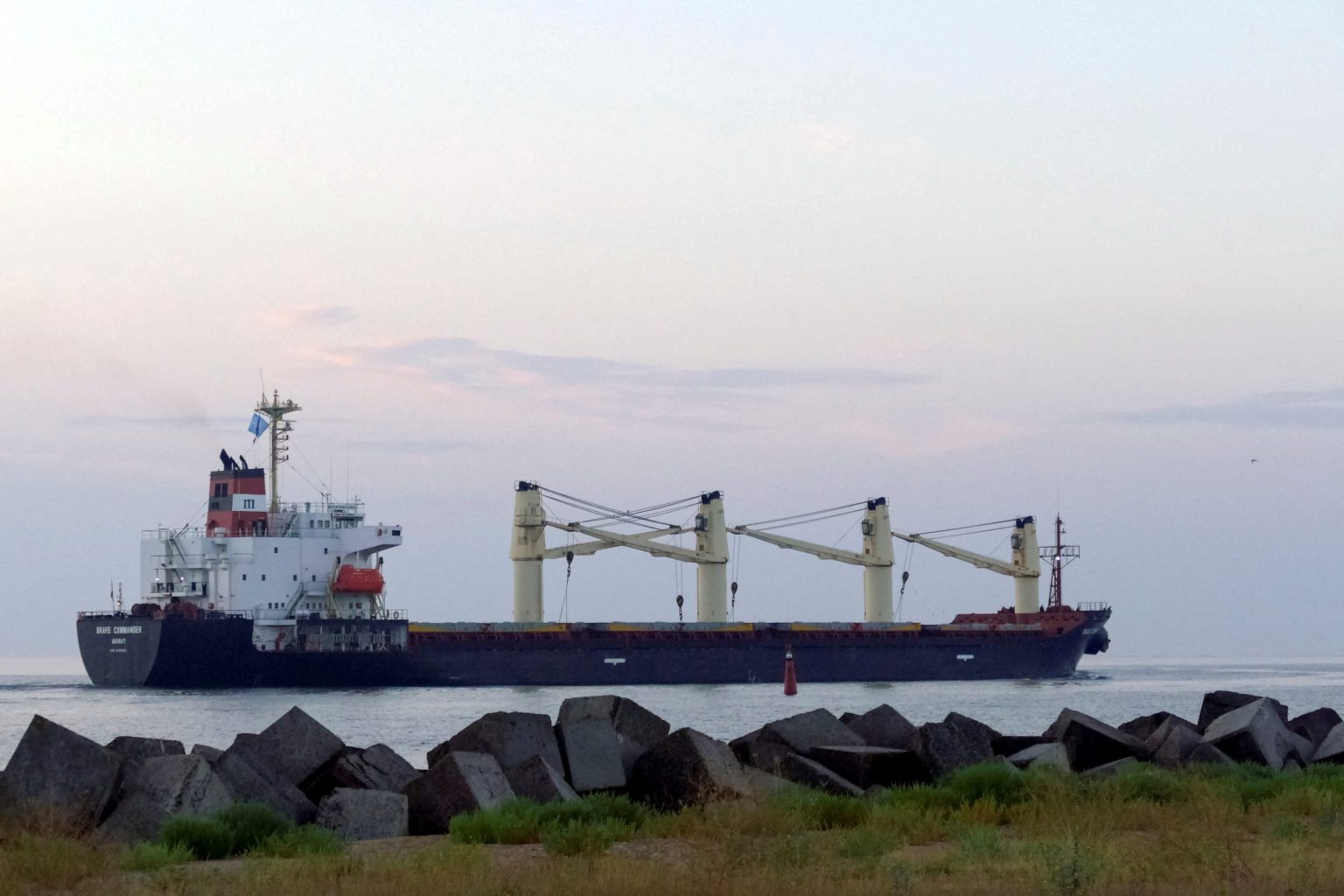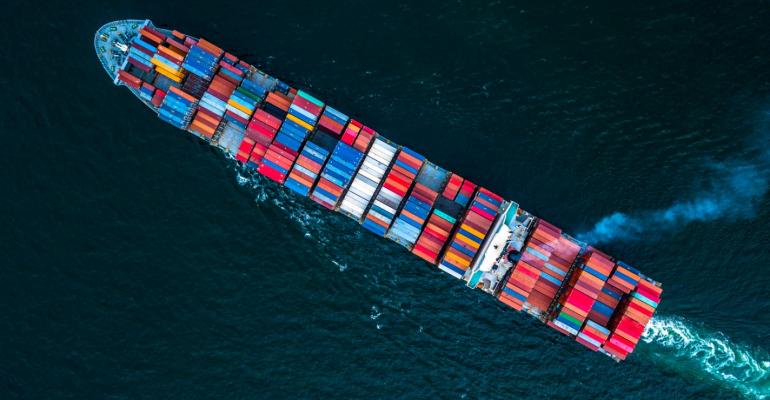Concerns eased on June 24 about potential disruptions to commodity flows from the Persian Gulf after US President Donald Trump signaled overnight that a ceasefire between Israel and Iran had been agreed.
The conflict had seen a $5-$10 risk “fear premium” reflected in the price of oil, according to Jim Burkhard, vice president and head of research for oil markets at S&P Global Commodity Insights, in a research note June 23.
“We expect OPEC+ members in the Gulf to continue with the accelerated unwinding of production cuts, which will add more oil to the global market next month and beyond,” Burkhard added.
Iranian state television reported June 24 that a “ceasefire was imposed”.
Dated Brent assessed by Platts, part of S&P Global Commodity Insights, had gained 18% since May, prior to tensions in the region easing following Iran’s retaliatory strike on a US military base in Qatar on June 23.
Following the US bombing of nuclear facilities in Iran, freight on the benchmark Persian Gulf-North Asia routes June 23 hit the highest level so far in 2025, with Japan delivery assessed at w225, according to Platts data.
The benchmark VLCC Persian Gulf-China route overnight rose to w87.5, the data showed. It had struggled to remain above w40 before Israel struck Iran on June 12.
A spokesperson for Japan’s Mitsui O.S.K. Lines, one of the world’s largest ship operators, said June 24 that the company remains vigilant during its ships’ transit through the Strait of Hormuz with its maximized operational efforts to minimize the ships’ stay in the Persian Gulf.
The Strait of Hormuz has become one of the most closely watched international shipping chokepoints since June 12, following the start of the Israel-Iran conflict, especially due to the US intervention last weekend.
Tehran had threatened to disrupt shipping in the Strait, through which about 20% of the world’s oil and LNG transits daily.
Source: Platts



